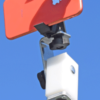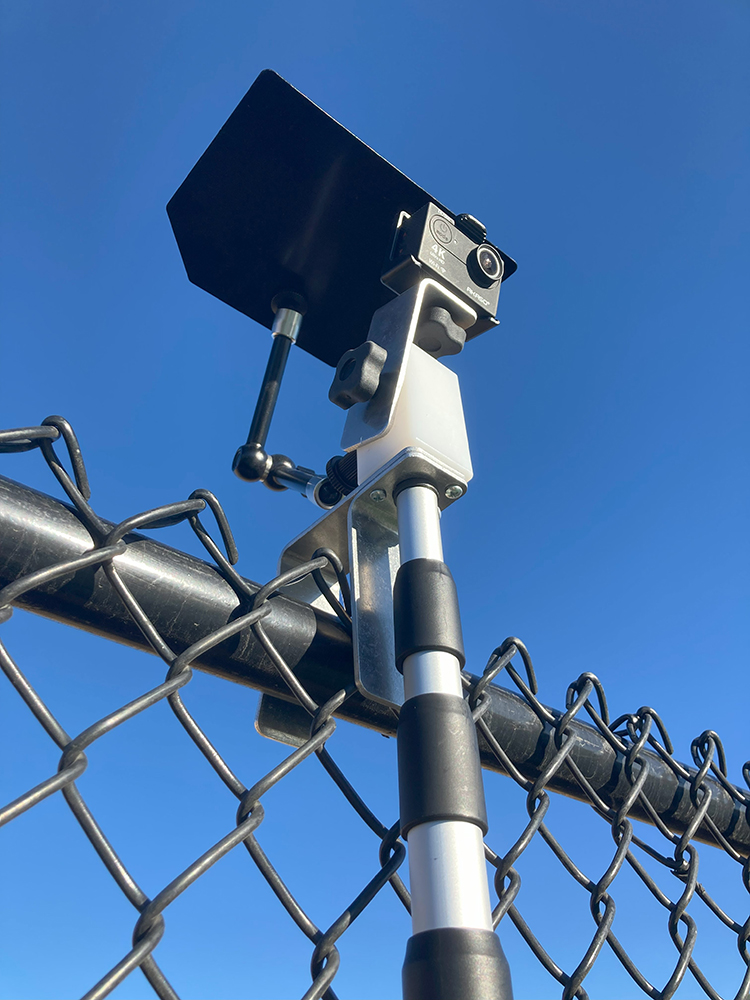Charting a Tennis Match – What, Why, Who, How, When (and Beyond!). What is it, why do it , who should do it, how is it done and when should it be done. First things first:
- What is it? Charting a tennis match simply means objectively quantifying what you see happening on the court. Errors vs winners, included forced and unforced. Or, if you like, anything that can be counted. Like, walking back and touching the fence after each point. Anything is fair game.
- Why do it? Charting tennis matches has been done mainly for the purpose of finding out what is working and what isn’t, on both a technical and strategic level. Another purpose is to make a point to a player about what is happening on the court. For example, a player may think his big forehand is his best shot, but he actually makes more errors than winners. Tell him that and he’ll disagree – show him the stats and it can’t be argued.
- Who should do it? In my view, the ideal person to chart a match is the player him or herself, using easily obtainable match videos. Whether you’re a budding high school tennis player, a top collegiate, or a 65-year old recreational player looking to improve, it’s eye-opening to see yourself play. All those things your coaches and friends have been telling you suddenly become glaringly apparent! Of course, until the advent of easily made match videos, this wasn’t possible, but we now can inexpensively mount a camera on the top of the fence and film the whole match.MyTennisTools.com has all the equipment you need. If the player can’t do it, next in line would be the coach, followed by the parent or a friend.
- When should it be done? As soon as possible! If you are charting your own match, using your match film, it is ideal to do it the same day if you can, while you still remember what you were thinking at the time. Now that can get interesting, to see what is really happening versus what you thought was happening. Not necessarily the same!
- How do you chart a tennis match? First off, there are quite a few options as to the actual mechanics, including both manual and electronic. If you are technically-oriented, you can chart a match using your iPad or smartphone along with one of the charting apps available on iTunes or Google Play store. One such that we’ve used is MyTennisStatsapp.com, a relatively feature-rich and easy to use program. You can also just use a pencil and paper. Below is a general form that can be used, and here are two other websites with still other approaches. Check them out and pick what works best for you!
Get Smart! Chart! by Tony Severino, and another, different approach, by Ron Waite found here. Any question? Feel free to contact me at info@box2325.temp.domains Beyond charting: We think that the best way to chart a match, whether it is done by a player or a coach, is after the match is played using a large screen TV. (And of course the “beverage of your choice”). This way you can replay a point (especially true in doubles) and see how the point developed. Maybe that forced error on your forehand was really the result of your weak backhand that landed short midcourt and allowed your opponent to set up early and smack the ball! Or that winner your opponent hit was the same kind of situation, where you actually set him up. Good stuff to know, and certainly under your control. And without the ability to review the point on film, it isn’t something you would necessarily catch.
Match Chart
DATE:____________ EVENT:___________________________ PLAYER 1:_____________________ PLAYER 2____________________
| ERRORS | WINNERS | FORCED ERRORS | COMMENTS | SCORE | ERRORS | WINNERS | FORCED ERRORS | COMMENTS |
Key: F=Forehand BR=Backhand Return B=Backhand FP=Forehand Pass V=Volley FR=Forehand Return Vx=Volley number FA = Forehand Approach S= Serve O= Overhead














0 Comments